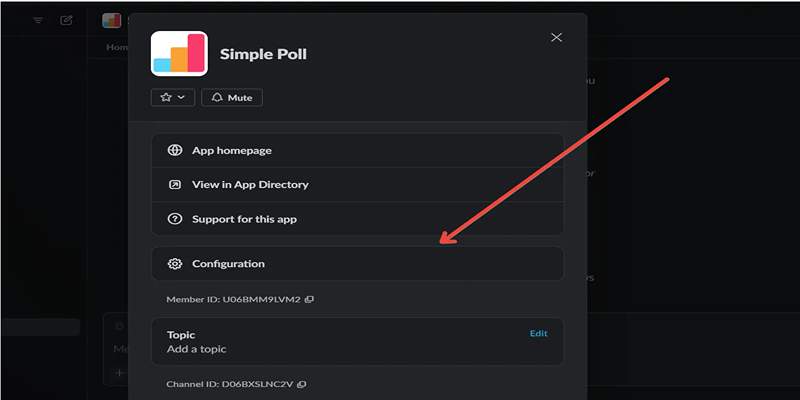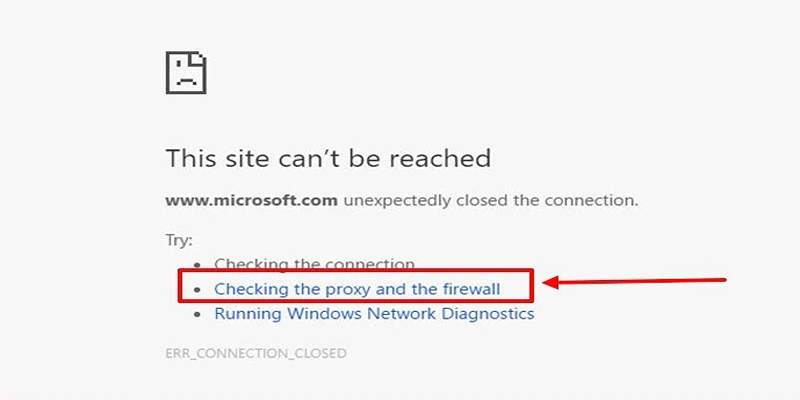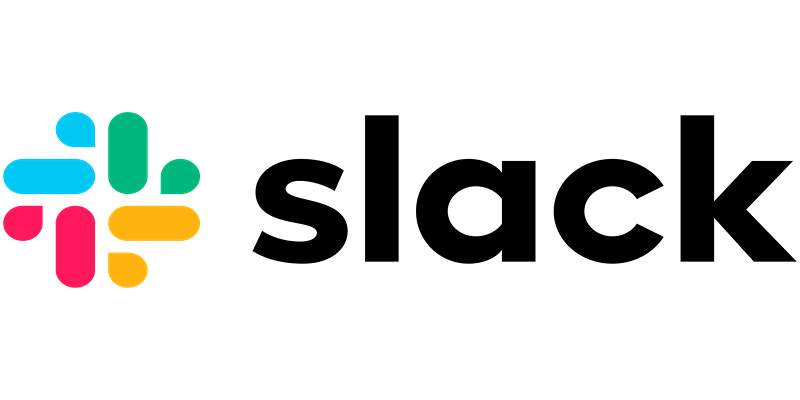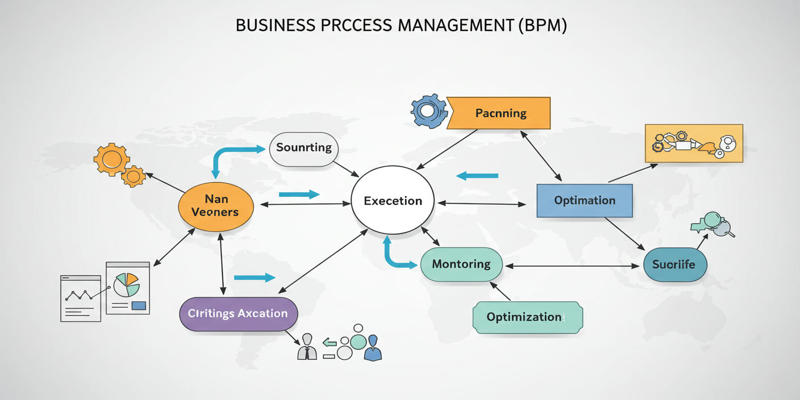How to Fix Slack Lag and Speed Up Notifications Effectively
Slack is one of the most widely used team communication tools today, offering real-time collaboration for companies, remote teams, and organizations around the globe. But if you've been noticing that Slack is lagging, running slowly, or sending notifications late, it can become more frustrating than helpful—especially when you rely on it for timely communication.
Performance issues in Slack aren't uncommon, particularly for users on older machines with dozens of workspaces or when handling large volumes of messages and files. Fortunately, most Slack lags and notification delays have clear solutions. This guide will walk you through actionable steps to fix these problems and boost your Slack performance—whether you're on desktop, mobile, or using the browser.
1. Close Unnecessary Slack Workspaces
One of the lesser-known causes of Slack lag is having too many active workspaces. Each one runs in the background, consuming memory and CPU power.
How to fix:
- Leave or sign out of workspaces you no longer need.
- Click your profile picture > Switch Workspaces > hover over the workspace > click the three dots > Sign out.
- If you manage several, limit active ones to those needed for the day.
This reduces background activity and can significantly speed up performance.
2. Clear Slack's Cache
Like browsers, Slack stores temporary files to load data faster, but these can accumulate and slow things down if they are not cleared.
To clear cache in Slack (desktop app):
- Click your profile picture > Preferences > Advanced.
- Scroll down and click Reset Cache.
Alternatively:
- Press Ctrl + Shift + Alt + Y (Windows) or Cmd + Shift + Option + Y (Mac) to instantly reset the cache.
Restart Slack after clearing to see performance improvements.
3. Disable Unused Slack Integrations and Apps

Slack integrations (like bots, calendars, task managers) are useful, but they also run constantly and may affect performance. If you're not using some of them, consider removing or disabling them.
Steps to manage integrations:
- Visit Slack App Management or go to your Slack App Directory.
- Remove or disable any unnecessary apps or bots.
Fewer background processes mean less strain on your system and quicker response from Slack.
4. Update Slack to the Latest Version
Older versions of Slack may have bugs or performance issues that have already been fixed in newer updates.
To check for updates:
- Click Help in the menu bar > Check for Updates (Desktop).
- Restart the app if an update is available.
If you're using the Slack web app, ensure your browser is updated to the latest version as well.
5. Restart Slack or Your Device
Sometimes, the quickest fix is the simplest one. Restarting Slack clears memory usage and closes any lingering processes that might be slowing it down.
What to do:
- Fully quit Slack (not just minimize it).
- On Windows, right-click the icon in the taskbar > Quit Slack.
- Restart your device if issues persist after restarting Slack.
6. Disable Hardware Acceleration
Hardware acceleration can sometimes help performance—but in Slack's case, it may cause lag on certain systems, especially older ones.
To disable it:
- Go to Preferences > Advanced.
- Toggle Hardware Acceleration off.
- Restart Slack so the change takes effect.
Many users report smoother performance after turning this setting off.
7. Reduce Active Channels and Pinned Conversations
The more channels and threads you keep open, the more resources Slack uses to stay updated in real-time. If you're in dozens of channels, Slack may struggle to keep up.
Tips to reduce load:
- Leave inactive channels (click channel name > Leave channel).
- Unpin conversations you no longer follow.
- Use starred channels to keep only high-priority ones active.
Keeping your workspace tidy helps Slack run more efficiently.
8. Tweak Notification Settings for Reliability
Notification delays are another common issue. They can happen if your device is throttled Slack or if the app settings aren't optimized.
Desktop Notification Fixes:
- Go to Preferences > Notifications.
- Set to "All new messages" or at least "Direct messages, mentions & keywords."
- Enable Sound & Banner to make sure you see and hear notifications promptly.
Mobile Notification Fixes:
- On iOS or Android, ensure background app refresh is allowed.
- Make sure Slack is excluded from battery saver or optimization settings.
- Set notifications to "Always" under Notification Schedule in app settings.
9. Check Internet Connection & Firewall Settings

Sometimes Slack lags or notification delays have nothing to do with the app—it could be your network.
Steps to check:
- Run a speed test to verify you have stable upload/download speeds.
- Try switching from Wi-Fi to a wired connection if possible.
A strong connection ensures real-time communication stays real-time.
10. Use Slack on Lighter Platforms
If the desktop app is too heavy on your system, you can try Slack's browser version or mobile app.
Use alternatives when needed:
- Visit slack.com/signin to use the web app.
- On mobile, the Slack app is optimized for quick access and push notifications.
Sometimes, switching platforms gives you better performance, especially on older computers.
Bonus Tip: Monitor Your Computer's Resource Usage
If Slack feels sluggish, other apps may be competing for system resources.
On Windows:
- Press Ctrl + Shift + Esc to open Task Manager.
- Check CPU, memory, and disk usage.
On macOS:
- Open Activity Monitor (Applications > Utilities).
- Look for any apps using high resources.
Closing unused apps can free up memory and speed up Slack.
Conclusion
Slack is an incredibly powerful collaboration tool, but like any app, it can slow down if overloaded or misconfigured. Lag, freezing, or delayed notifications don't have to be your new normal.
With a few adjustments—clearing cache, disabling unnecessary apps, managing your notifications, and keeping your Slack environment clean—you can restore smooth, real-time communication and keep your workflow uninterrupted.
By taking control of Slack's settings and your system's resources, you'll turn those annoying delays into a fast, responsive messaging experience that keeps you and your team in sync.
On this page
1. Close Unnecessary Slack Workspaces 2. Clear Slack's Cache 3. Disable Unused Slack Integrations and Apps 4. Update Slack to the Latest Version 5. Restart Slack or Your Device 6. Disable Hardware Acceleration 7. Reduce Active Channels and Pinned Conversations 8. Tweak Notification Settings for Reliability 9. Check Internet Connection & Firewall Settings 10. Use Slack on Lighter Platforms Bonus Tip: Monitor Your Computer's Resource Usage ConclusionRelated Articles

Connecting Google Sheets to WordPress Seamlessly

How to Add Leads to LeadConnector from a Webhook: A Step-by-Step Guide

Best Screen Sharing Software for Remote Teams in 2025: A Comprehensive Guide

Using Writer for Enterprise Generative AI Solutions

Best Markdown Converter Tools Bloggers Should Try for Easy Formatting

Dark Web Monitoring Tools: Common Failures and Smarter Solutions

Choosing the Right App Builder for Your Needs

How to Fix Slack Lag and Speed Up Notifications Effectively

What is Business Process Management? A Guide to BPM

Convert DOCX to TXT Files in Batches Online with No Downloads

The Best Email Drip Campaign Software: Top Picks for Seamless Automation

 knacksnews
knacksnews